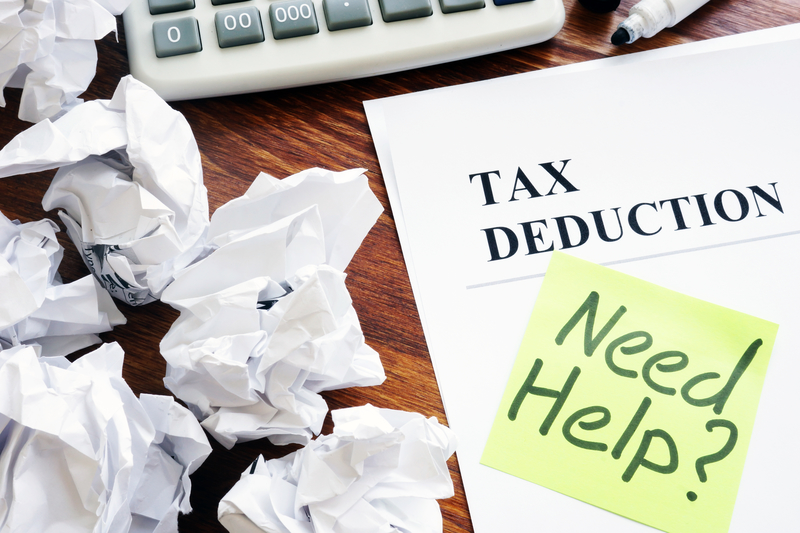
The 179 Deduction
Highlights of this blog:
- 179 is a tax-related expense that allows a business to quickly write off the cost of certain assets
- The maximum IRS deduction for 2019 is $1,000,000
- The maximum North Carolina Department of Revenue deduction for 2019 is $25,000
- 179 is available even if the business takes out a loan to pay for the asset
- Do not buy assets for the sole purpose of using 179
Depreciation is a very complex tax subject. It deals with buying an asset like equipment then expensing the cost over a period of years. Taxpayers typically want to maximize expenses to reduce their taxable income, but depreciation gets in the way because it takes multiple years to write off the cost. The 179 Deduction changes all of that because it is basically depreciation on steroids. It allows taxpayers to immediately expense the entire cost of the asset in the year it is purchased and placed in service.
There are strict limits regarding the dollar amount of 179 transactions. The IRS allows businesses to expense $1,000,000 per year of 179 assets, however, if more than $2,500,000 is spent on 179 assets the deduction starts to phase out. The North Carolina Department of Revenue allows $25,000 on a $200,000 maximum.
You can use the 179 Deduction even if you finance the asset. That’s a beautiful thing when you think about it. Try this scenario on for size:
Business has been good in 2019 and your company is sitting on $300,000 of profit. You really need a new $100,000 tractor to help your business grow, but you don’t want to pay cash. You decide to get a loan to finance the tractor, and the payments don’t start until 2020 so you are out of pocket $0 in 2019 and get to reduce your $300,000 profit by $100,000 using 179. That is pretty cool as far as taxes go.
One of the dangers of 179 lies in the fact that when you sell the asset the IRS charges you tax on 100% of the proceeds. In tax talk, you have zero basis in the asset. Here is a scary example:
Business is booming and you have major profits in 2019. At the end of the year, you are trying to find ways to reduce income through expenses. That shiny new tractor would sure look nice on your next job site, so you buy it for $800,000 cash. You expense 100% of the cost in 2019 using the 179 Deduction so your taxable income is reduced by $800,000. So far so good.
Unfortunately, 2020 is not as kind and cash flow gets tight. The only way to survive it to sell the tractor and the best offer you can find is $500,000. The IRS taxes you on 100% of the proceeds so your taxable income is increased by $500,000 in 2020. To make things worse, you are out $300,000 cash ($800,000 – $500,000). The moral of the story is do not let 179 entice you to make unnecessary purchases.
Many businesses take advantage of 179 year after year. It really is a great tax tool when used properly and can save you tons on your tax bill.
Joe Wright CPA PLLC provides the information in this blog as a general guide. Tax laws are extremely complex, and every taxpayer is unique. Some or all of this information may or may not apply to you. We provide simplified situations to clarify some of the major aspects and highlights of the topic at hand.
